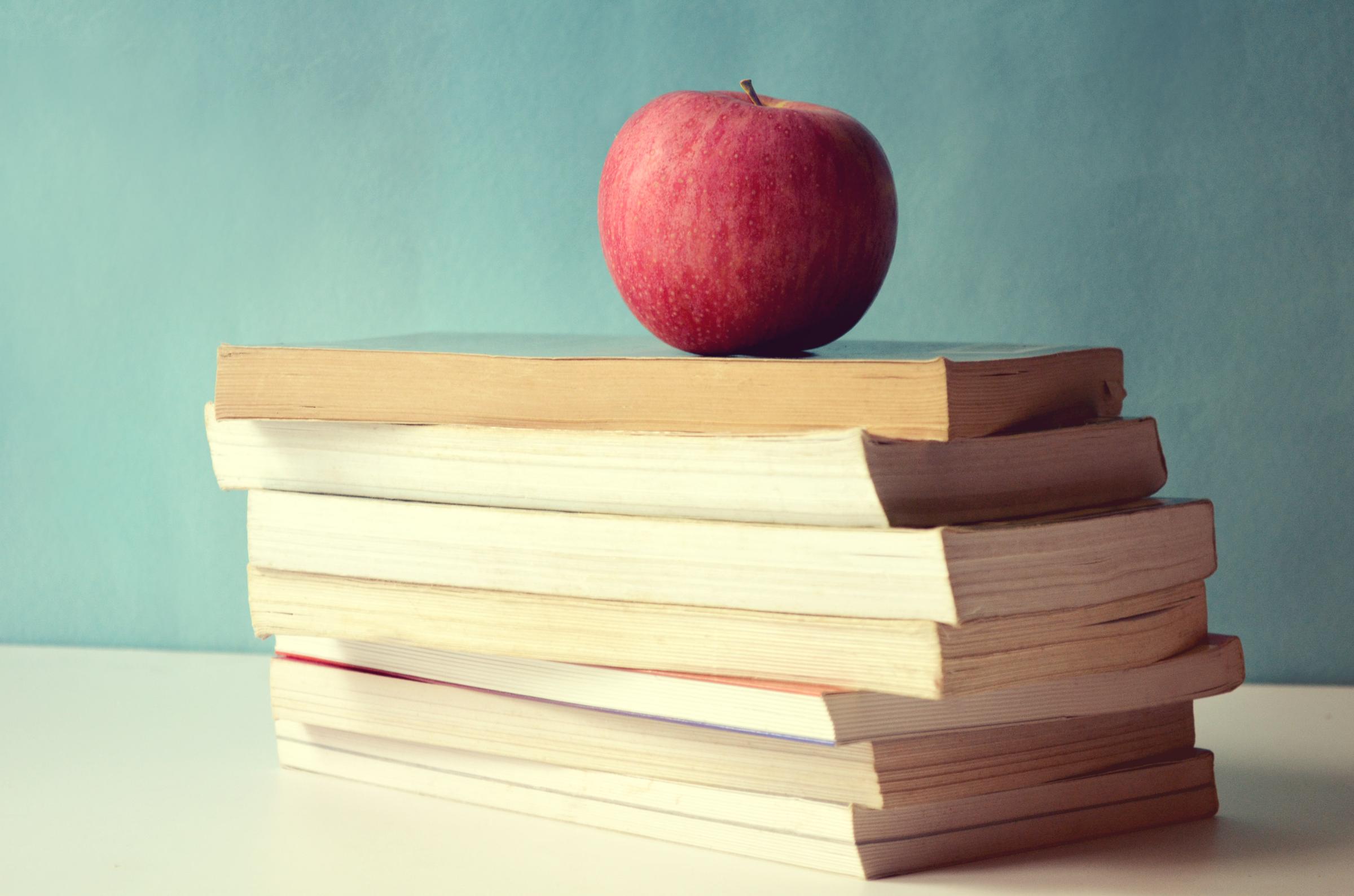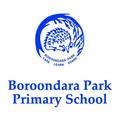Curriculum News

Teaching and Learning at BPPS Part 2
The next stage of the BPPS teaching and learning model I will be discussing is our Instructional Model, which outlines how we deliver a lesson.
The Launch - introduction. This involves:
· Making connections and links to prior learning.
· Displaying and discussing learning intentions, procedures and success criteria.
· Engaging students in the session through devices such as provocations, hooks, stories, short videos.
Whole Class Mini Lesson - during this time the teacher shows students both the WHAT and the HOW to do the task during independent practice. During this part of the lesson teachers will:
· Explicitly teach the concept that is being taught during the lesson.
· Clearly present material in small, manageable and workable steps.
· Model and clarify procedures by thinking aloud and provide worked examples and non-examples.
· Ask open-ended questions and promote reflection, learning and understanding.
Independent Practice - this is the opportunity for the responsibility of learning to be transferred from the teacher to the student. Students work to read, write, and/or talk to the content and the learning intention. During this stage:
· Students may be working in groups, in pairs or on their own on differentiated tasks.
· Students practise the concept or skills through active participation and discussion.
· The activities may involve problem solving, hands on application or deeper thinking.
· There are lots of questions posed, misconceptions challenged and feedback given.
The teacher will:
· Clinic with small groups, where they are given opportunity to practise skills with differentiated tasks.
· Facilitate learning by observing, questioning and engaging students in their learning as they move around the room.
The Check-In - part way through the lesson teachers will do a quick, whole-class time out from independent practice. This may be:
· Planned in advance to scaffold multiple tasks in a lesson in support of the learning goal.
· Unplanned and used to clarify confusion, misconceptions or share thinking the teacher noticed while conferring.
More independent practice – once the ‘check in’ has been completed students return to the independent practice.
Reflection – at the conclusion of the lesson the class comes together to reflect on the learning that has taken place. This can include sharing, answering questions, completing exit tickets, giving feedback. For teachers is allows them think about what the students accomplished, what progress has been made and what do they need to do next. It’s a fabulous time to assess and to encourage valuable peer-to-peer feedback.
Compiled by Shannon Reeve
